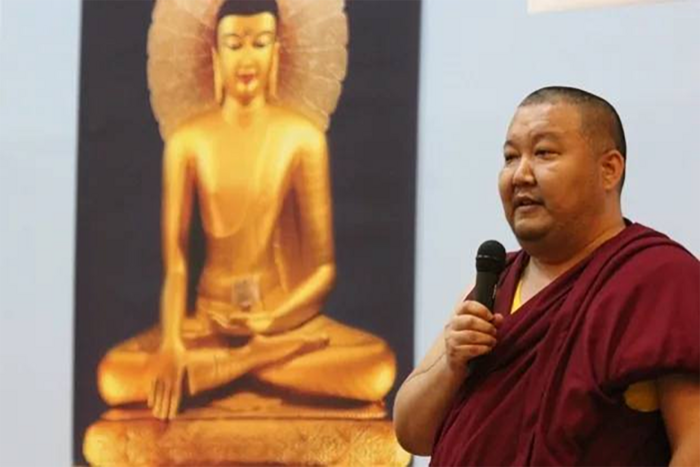Overview
The revival of Buddhism in Kalmykia began in 1988, after having been forbidden during the Soviet period up until then. Since that first new Buddhist group was officially registered, many local Buddhist communities have sprung up. At present in 2023, there are 43 registered Buddhist communities in Kalmykia, including four Buddhist groups in Astrakhan – a city that was a part of Kalmykia in the past but was made part of a separate district in 1943. In addition, there are seven unregistered Buddhist communities and five communities affiliated with the Buryats, three of which are under the Buddhist Traditional Sangha of Russia and two under The Central Buddhist Board registered in Moscow.
Most of these communities are members of two large complementary, centralized umbrella Buddhist organizations in the Kalmyk Republic: the Union of Buddhists of Kalmykia and the Central Khurul of Kalmykia. The first unites 25 traditional Kalmyk Buddhist communities and European-style Dharma-centers, the members of which are more interested in Buddhist philosophy and meditation. The Central Khurul of Kalmykia incorporates the larger monasteries with ordained monks. There is also a third centralized organization, the Kalmyk Buddhist Union, but it is small and there is no information about its activities.
Both larger centralized organizations were headed until recently by Telo Tulku Rinpoche, bearing the traditional title “Shajin Lama of the Kalmyk people.” Telo Rinpoche (Erdne Basan Ombadykow, a Kalmyk from the USA, born 1972), was recognized in his childhood by His Holiness the Dalai Lama as the incarnation of the great Indian yogi Tilopa. He was sent to Drepung Gomang monastic college in India and studied there for thirteen years as a monk. The previous incarnation was Dilowa Khutugtu of Mongolia, who emigrated to the USA and lived with the Kalmyk immigrant community there.
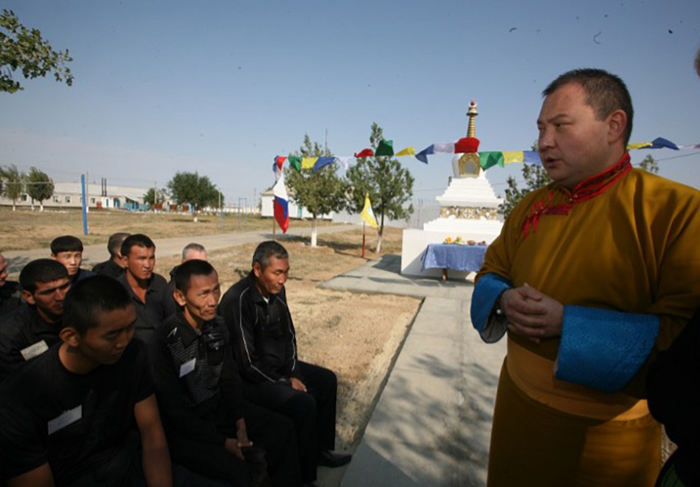
The Revival of Buddhism
At the request of local people during the first visit of His Holiness the Dalai Lama to Kalmykia in 1991, about 20 teenage Kalmyk men received getsul novice monk vows from His Holiness and were sent to India for monastic training. Dr. Berzin led their orientation in Dharmasala while they waited for their permits to study in South India at Drepung Gomang Monastery. In addition, several Tibetan monks were sent from India to teach Dharma in Kalmykia.
After having been destroyed to its foundations, Buddhism is being restored in Kalmykia in observance of the pure monastic rules of Vinaya. Now, there are no such phenomena as “married monks” anymore. At present (2023), there are more than 20 monks in the republic ordained in Tibetan monasteries and, in addition, several lay Kalmyk teachers also trained at Drepung Gomang Monastery in India. These monks and laypersons widely teach the Dharma and perform traditional rituals in the temples. Every year pilgrimages to India and other countries are organized for the teachings of His Holiness the Dalai Lama.
During the next few years after His Holiness’ 1991 visit, many local Kalmyk communities built new khuruls (temples), including the Central Khurul Monastery in Elista, “The Golden Abode of Shakyamuni Buddha” (Kalm: Burkhn Bagshin Altn Sume), the largest in Europe.
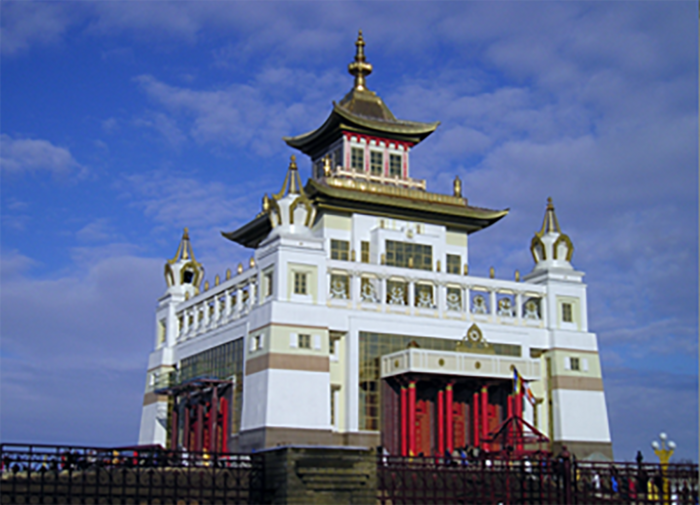
The senior administrator of the Central Khurul, Yonten Gelyung, is a member of the Public Chamber of the Russian Federation. In May 2022, the monastic community elected a new abbot: Ven. Geshe Tenzin Choidak (Mutul Ovyanov), the first Kalmyk awarded the title of Geshe in the post-Soviet period.
In 2022, the Central Khurul held courses on the Kalmyk language and the basics of Buddhism. There are also ten Tibetan teachers who continue to offer teachings in Kalmykia. For example, the Tibetan monk of the Central Temple Sangha, Geshe Lharamba Tenzin Tinley, lectures on Grand Presentation of the Graded Stages of the Path (Tib. Lam-rim chen-mo) by Je Tsongkhapa for the general public.
In October 2022, the annual tantric rituals were held in the temple, which have already become one of the main events in the spiritual life of Kalmykia. These are the torgyag (Tib. gtor-rgyag) ritual for removing obstacles, the yangdrub (Tib. g.yang-sgrub) invocation for well-being and good fortune, the tangrag kangso (Tib. gtang-rag bskang-gso) ritual of gratitude to the Dharma-protector defenders of the teaching, and a jinseg (Tib. sbyin-sreg) fire puja offering. Tibetan Kyabje Yeshe Lodoi Rinpoche from Buryatia led the rituals.
Other Tibetan Traditions Present in Kalmykia Besides Gelug
In addition to the Tibetan Gelug school, the traditional form of Buddhism in Kalmykia, some other Tibetan schools are also now present. Two centers of the Tibetan Nyingma school were founded by the Tibetan monk brothers Khenpo Tsewang Dongyal Rinpoche and Khenchen Palden Sherab Rinpoche.
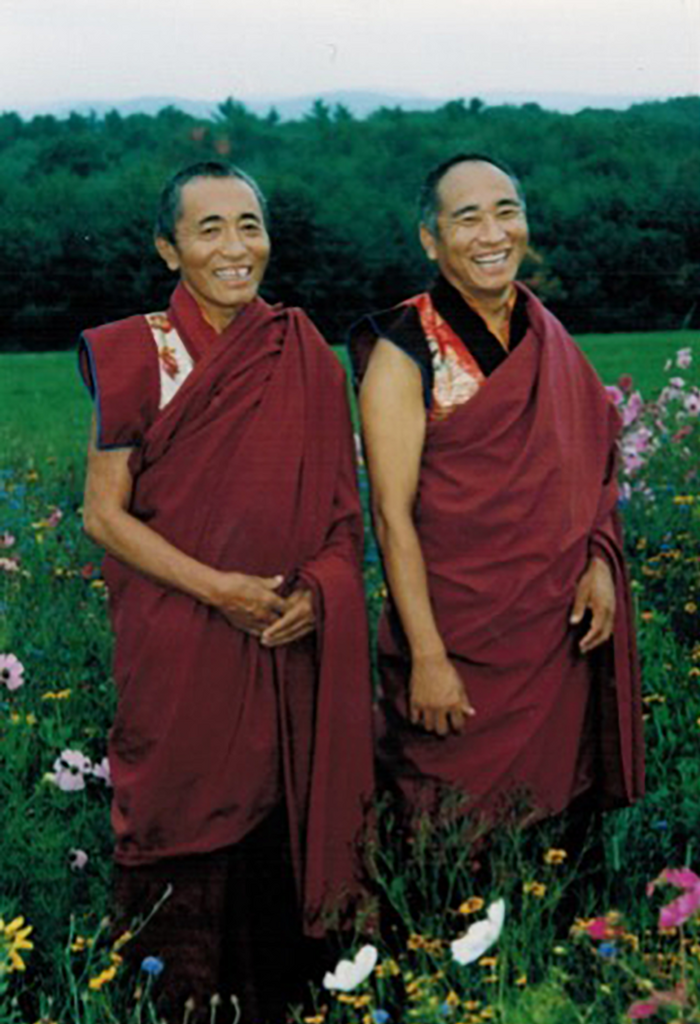
Both these teachers have visited Kalmykia several times since 1995. Two Nyingma temples have been built in Kalmykia – Orgyen Samye Ling in Iki Burul in 2000
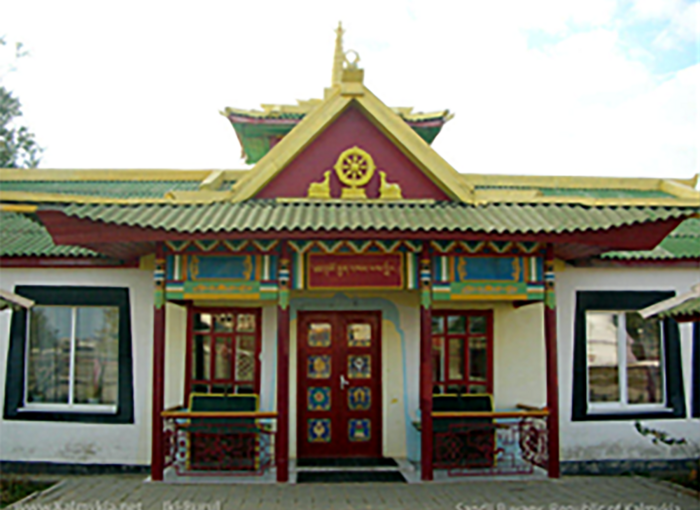
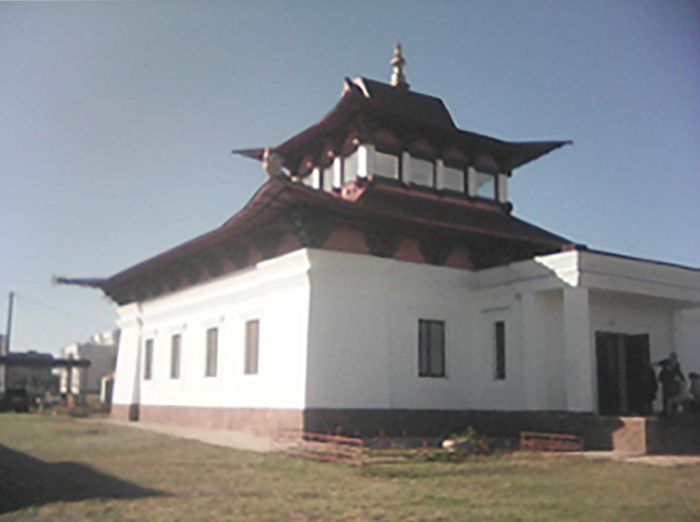
There is also a temple of the Kagyu school in Elista belonging to the Karma Kagyu Association of Russia founded by the Danish lay teacher, Ole Nydahl.
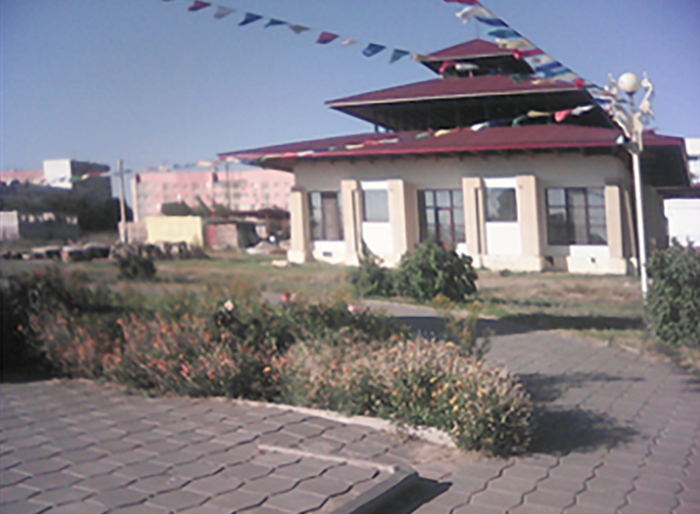
The community of the Sakya tradition is small. It has no separate temple but is also represented in Kalmykia.
Telo Rinpoche
In 2022, Kalmyk Buddhists celebrated the 30th anniversary of the election of Telo Tulku Rinpoche to the post of Shajin Lama, the head of the Buddhists of Kalmykia (1992–2022). In the library of the Central Khurul of Kalmykia, a round table was held, where different scholars spoke about his outstanding role in the revival of Buddhism in Kalmykia. Telo Rinpoche is also the Honorary Representative of His Holiness the Dalai Lama in Russia, Mongolia, and the CIS.
On October 27, 2022, in Mongolia, the previous birthplace of Telo Tulku (Dilova Khutugtu), in the main temple of Gandantekchenling, a puja for Telo Rinpoche’s long life was held. There were more than 1200 participants. The puja began with the long-life prayer for Rinpoche composed personally by His Holiness the 14th Dalai Lama.
In early October 2022, in an interview to the private Russian Magazine “The Alchemy of the Soul,” Telo Rinpoche criticized the Russian war against Ukraine and expressed his support for the Ukrainian people. He is the first major religious leader in Russia who openly did so. On January 27, 2023, the Russian Ministry of Justice added Telo Rinpoche to its list of foreign agents, and two days later he resigned from his position of the Shajin Lama of the Kalmyks.
Shortly thereafter, the monastic Sangha of Kalmykia elected the Kalmyk Geshe Tenzin Choidak (Mutul Ovyanov) as the new Shajin Lama of Kalmykia and, on request of the Sangha, His Holiness the Dalai Lama has approved this choice.
